Back to Courses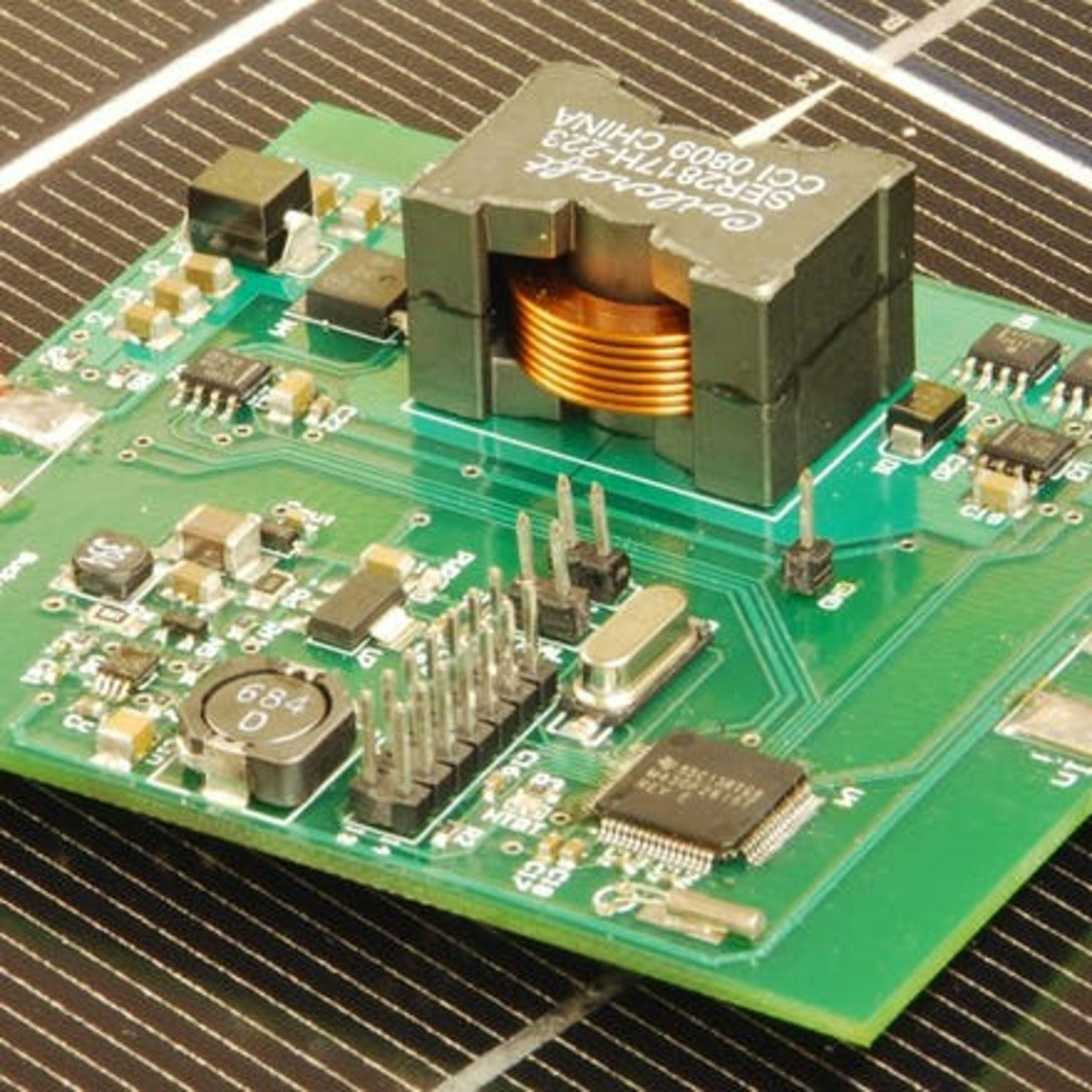


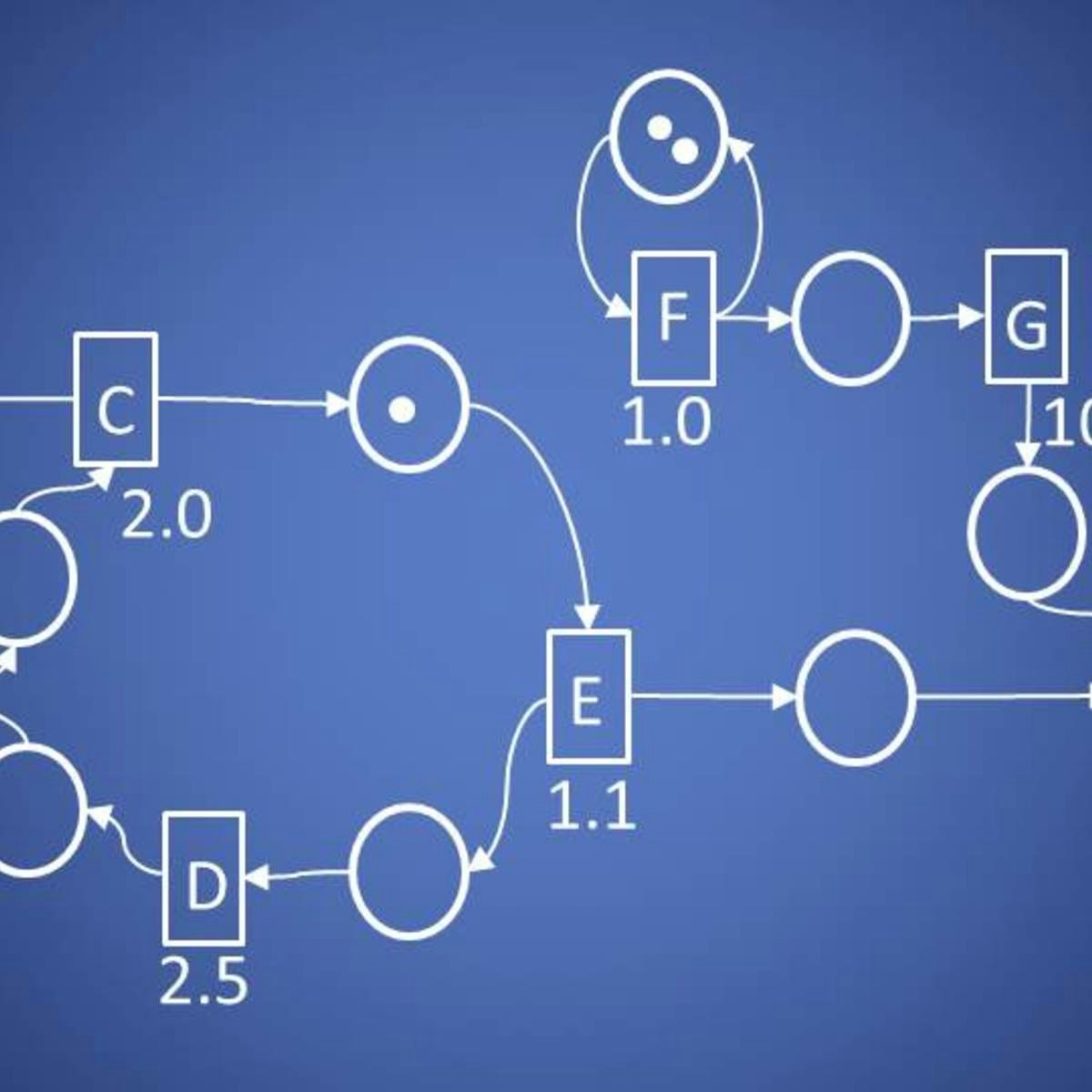
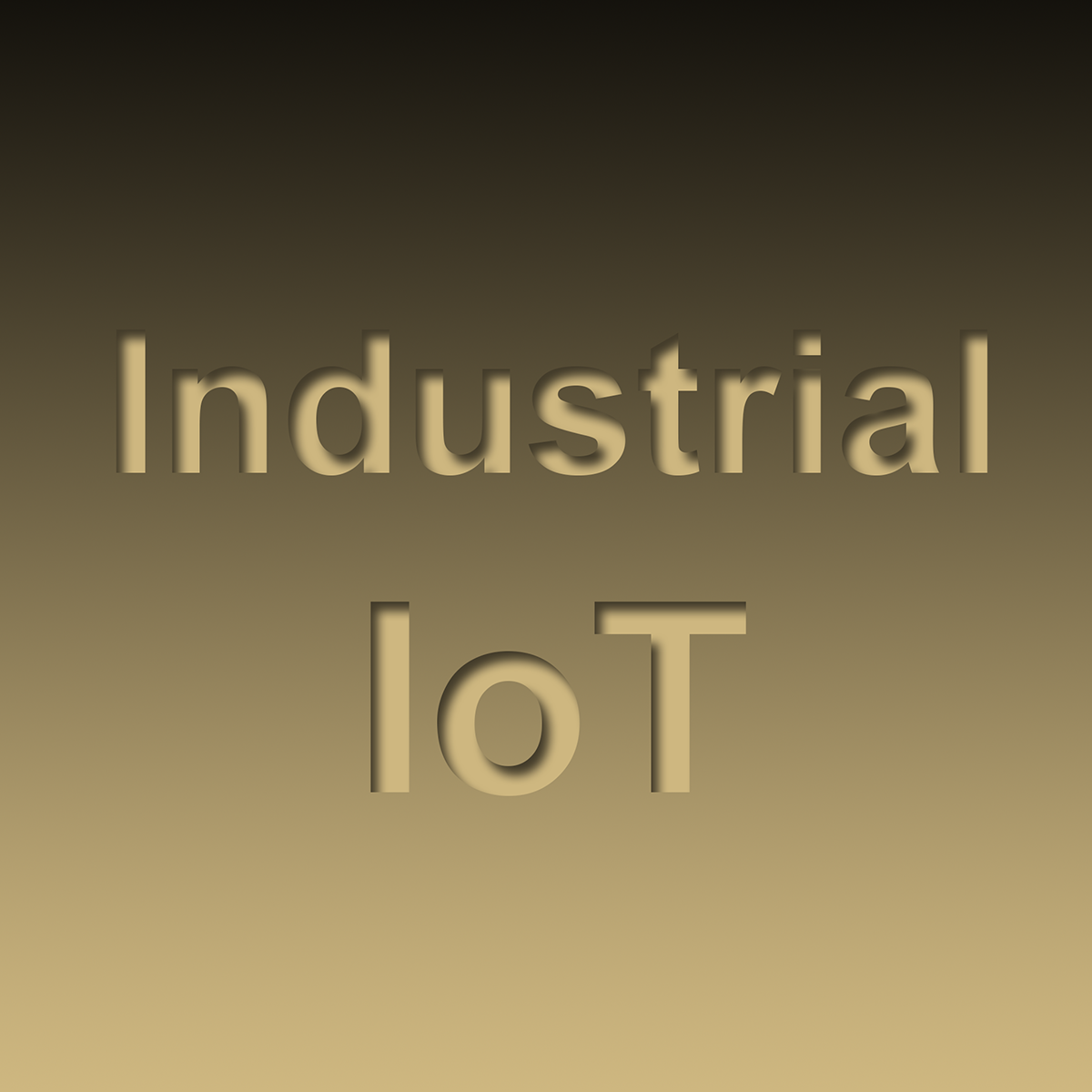
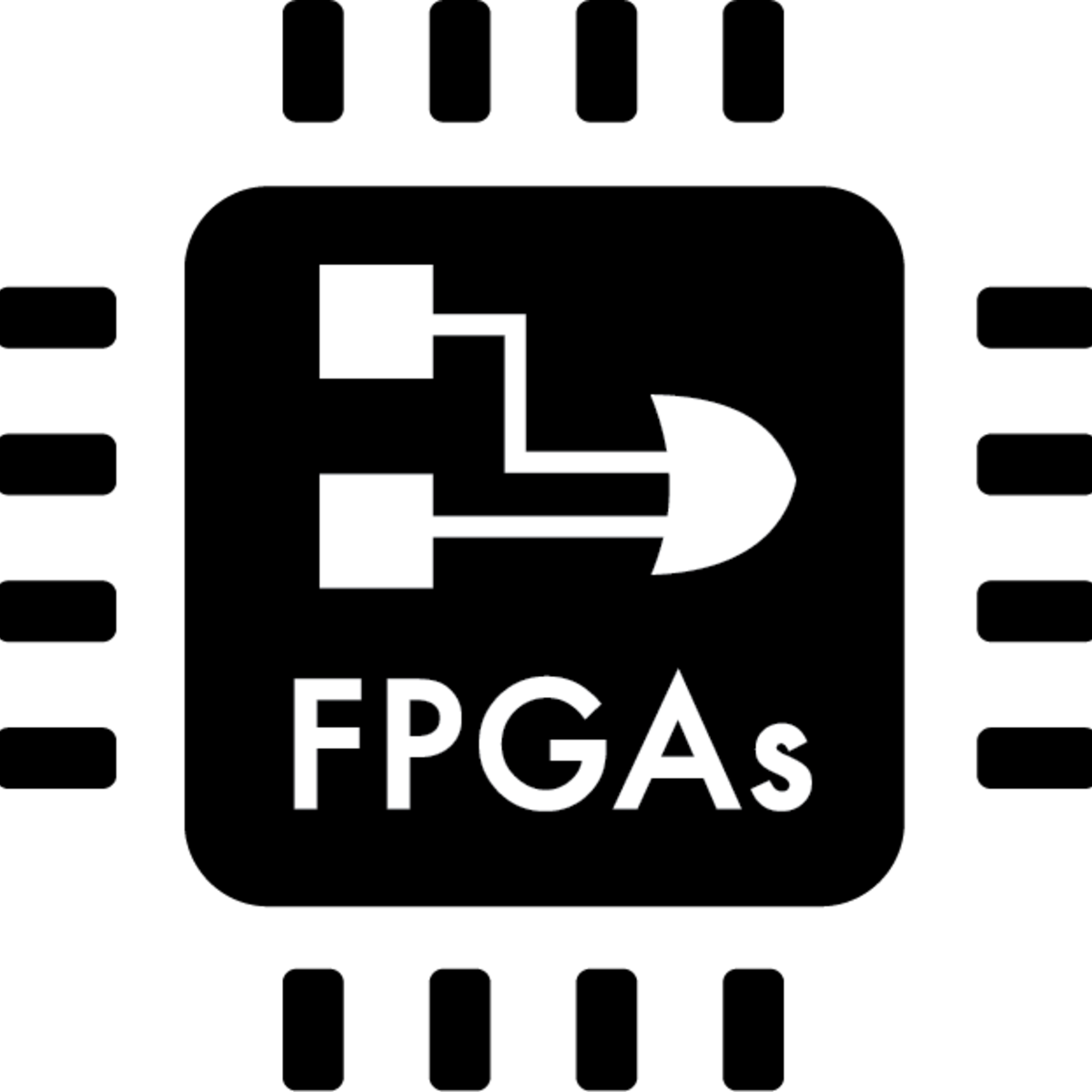
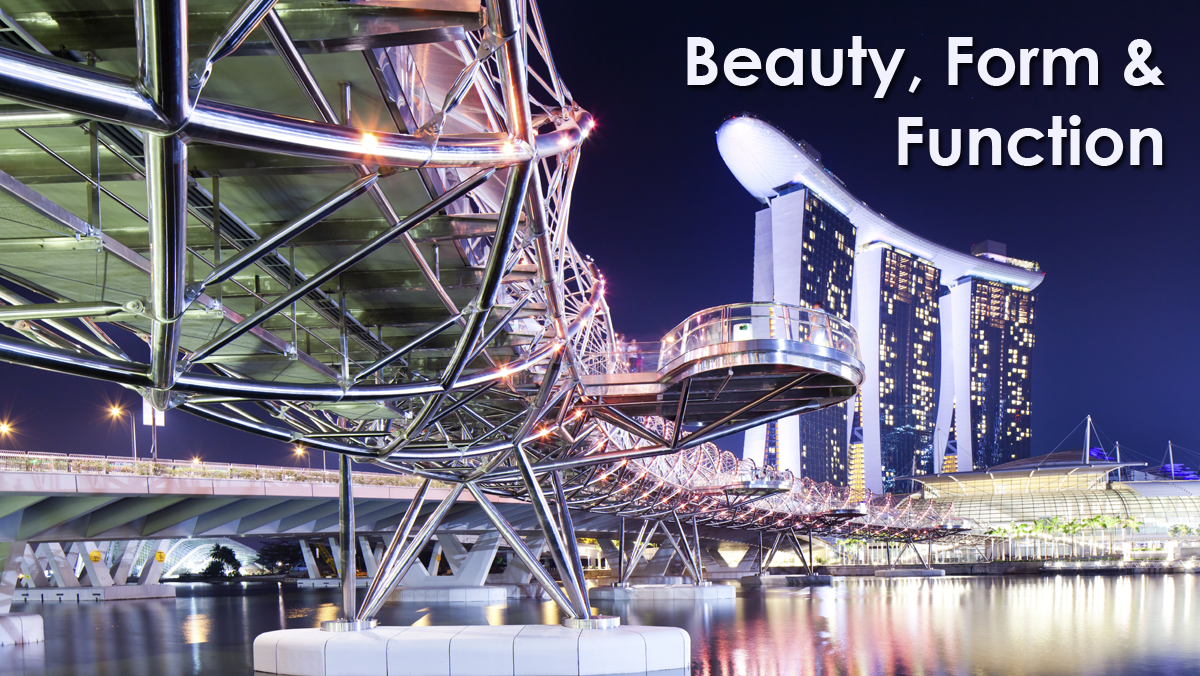



Electrical Engineering Courses - Page 11
Showing results 101-110 of 141

Magnetics for Power Electronic Converters
This course can also be taken for academic credit as ECEA 5703, part of CU Boulder’s Master of Science in Electrical Engineering degree.
This course covers the analysis and design of magnetic components, including inductors and transformers, used in power electronic converters. The course starts with an introduction to physical principles behind inductors and transformers, including the concepts of inductance, core material saturation, airgap and energy storage in inductors, reluctance and magnetic circuit modeling, transformer equivalent circuits, magnetizing and leakage inductance. Multi-winding transformer models are also developed, including inductance matrix representation, for series and parallel structures. Modeling of losses in magnetic components covers core and winding losses, including skin and proximity effects. Finally, a complete procedure is developed for design optimization of inductors in switched-mode power converters.
After completing this course, you will:
- Understand the fundamentals of magnetic components, including inductors and transformers
- Be able to analyze and model losses in magnetic components, and understand design trade-offs
- Know how to design and optimize inductors and transformers for switched-mode power converters
This course assumes prior completion of courses 1 and 2: Introduction to Power Electronics, and Converter Circuits.

Nanophotonics and Detectors
This course can also be taken for academic credit as ECEA 5606, part of CU Boulder’s Master of Science in Electrical Engineering degree.
Nanophotonics and Detectors Introduction
This course dives into nanophotonic light emitting devices and optical detectors, including metal semiconductors, metal semiconductor insulators, and pn junctions. We will also cover photoconductors, avalanche photodiodes, and photomultiplier tubes. Weekly homework problem sets will challenge you to apply the principles of analysis and design we cover in preparation for real-world problems.
Course Learning Outcomes
At the end of this course you will be able to…
(1) Use nanophotonic effects (low dimensional structures) to engineer lasers
(2) Apply low dimensional structures to photonic device design
(3) Select and design optical detector for given system and application

Electrodynamics: In-depth Solutions for Maxwell’s Equations
This course is the fourth course in the Electrodynamics series, and is directly proceeded by Electrodynamics: Electric and Magnetic Fields. Previously, we have learned about visualization of fields and solutions which were not time dependent. Here, we will return to Maxwell's Equations and use them to produce wave equations which can be used to analyze complex systems, such as oscillating dipoles. We will also introduce AC circuits, and how they can be simplified, solved, and applied.
Learners will:
• Have a complete understanding of Maxwell's Equations and how they relate to the magnetic and electric potentials.
• Be able to solve problems related to moving charges, and add relativistic corrections to the equations
• Understand the different components in AC circuits, and how their presence can change the function of the circuit.
The approach taken in this course complements traditional approaches, covering a fairly complete treatment of the physics of electricity and magnetism, and adds Feynman’s unique and vital approach to grasping a picture of the physical universe. Furthermore, this course uniquely provides the link between the knowledge of electrodynamics and its practical applications to research in materials science, information technology, electrical engineering, chemistry, chemical engineering, energy storage, energy harvesting, and other materials related fields.

Quantitative Formal Modeling and Worst-Case Performance Analysis
Welcome to Quantitative Formal Modeling and Worst-Case Performance Analysis. In this course, you will learn about modeling and solving performance problems in a fashion popular in theoretical computer science, and generally train your abstract thinking skills.
After finishing this course, you have learned to think about the behavior of systems in terms of token production and consumption, and you are able to formalize this thinking mathematically in terms of prefix orders and counting functions. You have learned about Petri-nets, about timing, and about scheduling of token consumption/production systems, and for the special class of Petri-nets known as single-rate dataflow graphs, you will know how to perform a worst-case analysis of basic performance metrics, like throughput, latency and buffering.
Disclaimer: As you will notice, there is an abundance of small examples in this course, but at first sight there are not many industrial size systems being discussed. The reason for this is two-fold. Firstly, it is not my intention to teach you performance analysis skills up to the level of what you will need in industry. Rather, I would like to teach you to think about modeling and performance analysis in general and abstract terms, because that is what you will need to do whenever you encounter any performance analysis problem in the future. After all, abstract thinking is the most revered skill required for any academic-level job in any engineering discipline, and if you are able to phrase your problems mathematically, it will become easier for you to spot mistakes, to communicate your ideas with others, and you have already made a big step towards actually solving the problem. Secondly, although dataflow techniques are applicable and being used in industry, the subclass of single-rate dataflow is too restrictive to be of practical use in large modeling examples. The analysis principles of other dataflow techniques, however, are all based on single-rate dataflow. So this course is a good primer for any more advanced course on the topic.
This course is part of the university course on Quantitative Evaluation of Embedded Systems (QEES) as given in the Embedded Systems master curriculum of the EIT-Digital university, and of the Dutch 3TU consortium consisting of TU/e (Eindhoven), TUD (Delft) and UT (Twente). The course material is exactly the same as the first three weeks of QEES, but the examination of QEES is at a slightly higher level of difficulty, which cannot (yet) be obtained in an online course.

Project Planning and Machine Learning
This course can also be taken for academic credit as ECEA 5386, part of CU Boulder’s Master of Science in Electrical Engineering degree.
This is part 2 of the specialization. In this course students will learn :
* How to staff, plan and execute a project
* How to build a bill of materials for a product
* How to calibrate sensors and validate sensor measurements
* How hard drives and solid state drives operate
* How basic file systems operate, and types of file systems used to store big data
* How machine learning algorithms work - a basic introduction
* Why we want to study big data and how to prepare data for machine learning algorithms

FPGA Capstone: Building FPGA Projects
This course will give you hands-on FPGA design experience that uses all the concepts and skills you have developed up to now. You will need to purchase a DE10-Lite development kit. You will setup and test the MAX10 DE10-Lite board using the FPGA design tool Quartus Prime and the System Builder.
You will:
Design and test a Binary Coded Decimal Adder.
Design and test a PWM Circuit, with verification by simulation.
Design and test an ADC circuit, using Quartus Prime built-in tools to verify your circuit design.
Create hardware for the NIOS II soft processor, including many interfaces, using Qsys (Platform Designer). Instantiate this design into a top-level DE10-Lite HDL file.
Compile your completed hardware using Quartus Prime.
Enhance and test a working design, using most aspects of the Quartus Prime Design Flow and the NIOS II Software Build Tools (SBT) for Eclipse.
Create software for the NIOS II soft processor, including many interfaces, using Qsys (Platform Designer) and the SBT.
Compile your completed software using the SBT.
Use Quartus Prime to program both the FPGA hardware configuration and software code in you DE10-Lite development kit.
Record all your observations in a lab notebook pdf.
Submit your project files and lab notebook for grading.
This course consists of 4 modules, approximately 1 per week for 4 weeks. Each module will include an hour or less of video lectures, plus reading assignments, discussion prompts, and project assignment that involves creating hardware and/or software in the FPGA.

Beauty, Form & Function: An Exploration of Symmetry
Symmetry is everywhere. In the grand scheme of things it is the blueprint by which the universe operates. We see symmetry in nature, art, architecture, science and engineering. This course explores the Beauty, Form and Function of Symmetry in common objects, then progresses to investigate tiling and tessellation, with the extension of these concepts to the atomic structure of crystals.
To amplify these ideas, you will undertake field-exercises and be introduced to specialists – botanists, artists, geomancers, historians, scientists and engineers - that work with symmetry, and who will provide their personal insights into its ‘magic’ and impact on their disciplines.
Introduction to FPGA Design for Embedded Systems
This course can also be taken for academic credit as ECEA 5360, part of CU Boulder’s Master of Science in Electrical Engineering degree.
Programmable Logic has become more and more common as a core technology used to build electronic systems. By integrating soft-core or hardcore processors, these devices have become complete systems on a chip, steadily displacing general purpose processors and ASICs. In particular, high performance systems are now almost always implemented with FPGAs.
This course will give you the foundation for FPGA design in Embedded Systems along with practical design skills. You will learn what an FPGA is and how this technology was developed, how to select the best FPGA architecture for a given application, how to use state of the art software tools for FPGA development, and solve critical digital design problems using FPGAs. You use FPGA development tools to complete several example designs, including a custom processor. If you are thinking of a career in Electronics Design or an engineer looking at a career change, this is a great course to enhance your career opportunities.
Hardware Requirements:
You must have access to computer resources to run the development tools, a PC running either Windows 7, 8, or 10 or a recent Linux OS which must be RHEL 6.5 or CentOS Linux 6.5 or later. Either Linux OS could be run as a virtual machine under Windows 8 or 10. The tools do not run on Apple Mac computers. Whatever the OS, the computer must have at least 8 GB of RAM. Most new laptops will have this, or it may be possible to upgrade the memory.

Solar Energy System Design
Solar Energy System Design builds upon the introduction to PV systems from Solar Energy Basics course, which included basic system components and functions, as well as some basic system sizing using simplifying assumptions. You should at this point have a basic understanding of electrical power and energy, be able to calculate the energy needs of a site as well as energy production potential for a PV system at a given location under optimal conditions. Much of this course will focus on incorporating on the ground conditions into energy production considerations, and how to account for these conditions in system design and equipment selection. By the end of this course you should be able to incorporate losses in irradiance due to array setups with less than optimal positioning and/or shading, and account for variations in module output due to temperature variations in your system design.
Introduction to Semiconductor Devices 2
This course aims to provide a general understanding of semiconductor devices. This coures covers the Metal-Semiconductor Contact, Metal-Oxide-Semiconductor (MOS) capapcitor, Metal-Oxide-Semiconductor Field Effect Transistors(MOSFETs), CMOS, Metal-Semiconductor Field Effect Transistors(MESFETs), Memory and Bipolar Junction Transistor (BJT) to improve the overall knowledge of semiconductor industry.
The lecture notes can be downloaded with registration, that helps students watch the videos. It is recommeded to print them in two pages in one A4 sheet and take notes during lectures for better understanding. Also, there are quiz problems to check your understanding of the lectures each week. To receive course certificate, you must score at least 60% of each week's quiz withing two chances.
Lecture notes, quiz and certificate are offered to registered students only.
week 1 Metal-Semiconductor Contact (Schottky/Ohmic contacts)
week 2 Metal-Oxide-Semiconductor(MOS) Capacitor
week 3 MOS Field Effect Transistors(MOSFETs)
week 4 CMOS, CMOS logic (Inverter, NAND & NOR gate)
week 5 Memory, Optoelectronic Devices
week 6 MESFETs, Bipolar Junction Transistors, Modern MOSFET
Popular Internships and Jobs by Categories
Find Jobs & Internships
Browse
© 2024 BoostGrad | All rights reserved